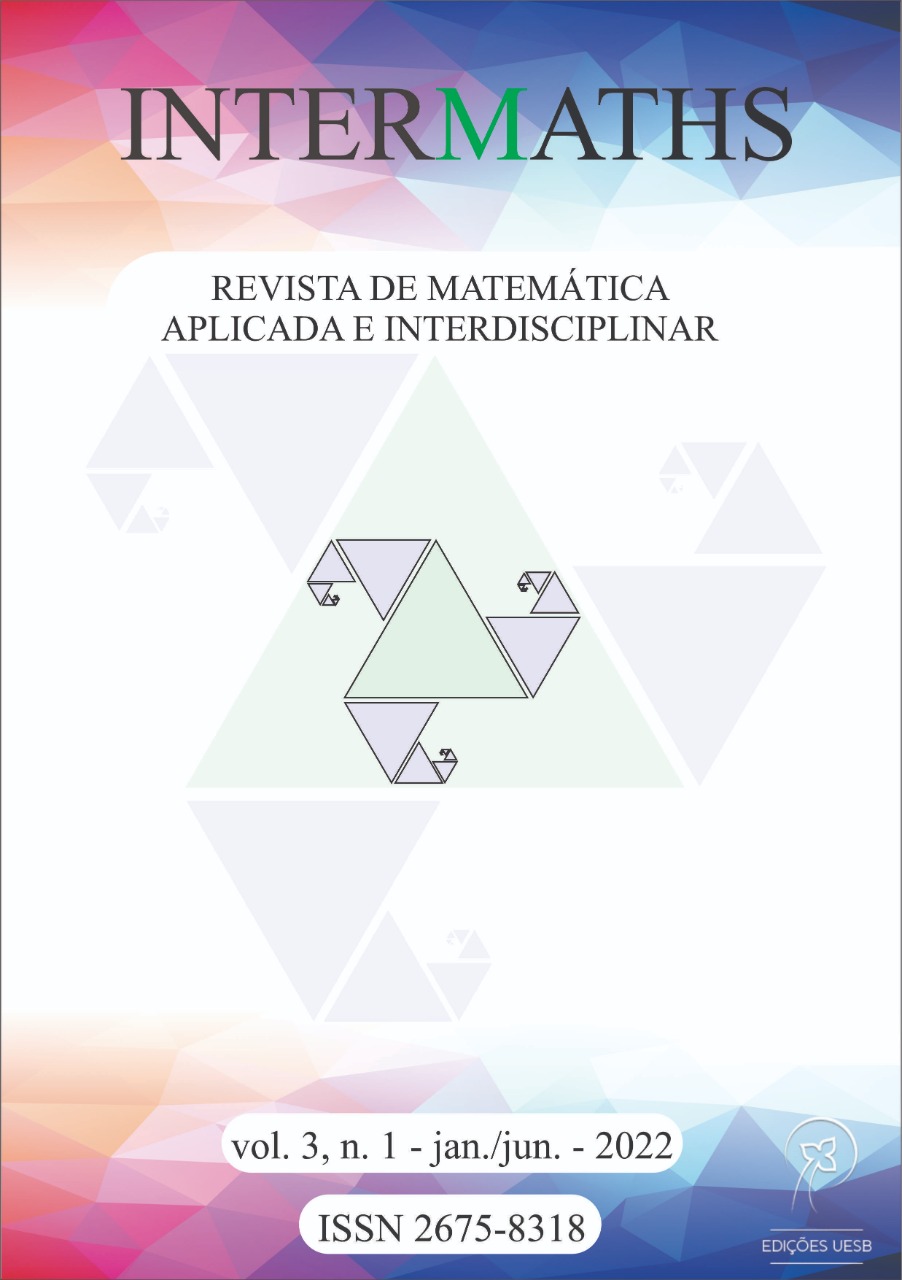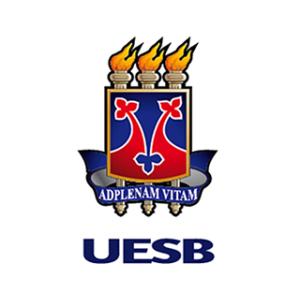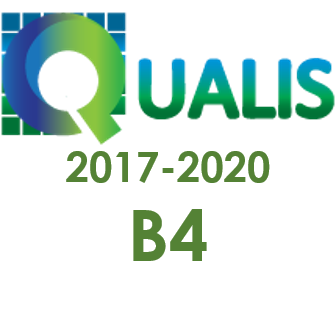Resolution of multiplicative comparison situations: a look based on mathematical creativity
DOI:
https://doi.org/10.22481/intermaths.v3i1.10691Keywords:
Multiplicative Comparison, Mathematical Creativity, Teaching sequenceAbstract
This research aims to analyze influence(s) of a teaching sequence, elaborated based on mathematical creativity, can bring to analyzes given by students in situations of multiplicative comparison with unknown relation. For that, we support the Theory of Conceptual Fields, we apply on the Multiplicative Comparison and the precepts of Mathematical Creativity. The study was developed with eight students from a public school. For the production of data worked with a teaching sequence containing nine problem situations in the Multiplicative Comparison axis, but, in this work, it analyzes how solutions given by students in two situations, in which the relationship is unknown. The results point to students who present a greater amount of correct solutions in situations where the expression is “more often” and the most used operation was subtracted, but, leads to error. In addition, this value does not respect the dimensions of mathematical creativity fluency is the dimension in which it is most shown when compared to flexibility and originality.
Downloads
Metrics
References
[1] I. Vale and T. Pimentel. “Um novo-velho desafio: da resolução de problemas à criatividade em matemática”, Investigação em Educação Matemática. p. 347-360. Porto Alegre. SPIEM, 2012.
[2] M. G. Fonseca, J. C. S. de Souza, C. B. F. Mourão e P. H. S. Wanderley. “Pense e ação: quando a representação ilustrativa contribui para a formação/revisão conceitual de elementos da matemática básica”. BoEM, Joinville, v. 6, n. 10, p. 225-236, ago 2018.
[3] K. Conway. “Assessing open-ended problems”. Mathematics Teaching in the Middle School. 4(8), 1999, p. 510-514.
[4] E. Silver. “Fostering creativity through instruction rich in mathematical problem solving and problem posing”. ZDM, 3,1997, p. 75-80.
[5] C. Gontijo. “Relações entre criatividade, criatividade em matemática e motivação em matemática em alunos do ensino médio”. Tese de doutoramento. Universidade de Brasília, Brasília, 2007.
[6] I. Vale. “A criatividade nas (re)soluções visuais de problemas”. Educação e Matemática. n. 135, nov/dez, 2015, p. 9-15.
[7] G. Vergnaud. “A Teoria dos Campos Conceituais”. In BRUN, J. Didática das matemáticas. Tradução por Maria José Figueiredo. Lisboa: Instituto Piaget, 1996. p. 155-191.
[8] G. Vergnaud. “Multiplicative structures”. In: Lesh R., Landau M.(eds.), Acquisition of mathematics concepts and operations processes. New York: Academic, 1983, p. 127-174.
[9] A. dos Santos. “Formação de Professores e as Estruturas Multiplicativas: Reflexões teóricas e práticas/Aparecido dos Santos” – 1 ed- Curitiba: Appris, 2015.
[10] A. C. Gil. “Como elaborar projeto de pesquisa”. 4. Ed. São Paulo. Atlas. 2002.
[11] F. D. Erickson. “Qualitative methods in research on teaching”. In M. C. Wittrock (Ed.), Handbook of research on teaching (3rd ed.), (pp. 119–161). New York, NY: MacMilla, 1986.
[12] E. F. Pereira. “Esquemas utilizados por estudantes do 9º ano ao resolver situações da Estrutura Multiplicativa”. Dissertação de Mestrado defendida junto ao Programa de Pós-graduação em Educação Matemática, UESC, 2015.
[13] S. M. P. Magina, A. dos Santos. E V. L. Merlini. “Comparação multiplicativa: a força que a expressão exerce na escolha das estratégias de resolução dos alunos”. Anais do XIII CIAEM-IACME, Recife, Brasil, 2011.
Downloads
Published
How to Cite
Issue
Section
License
Copyright (c) 2022 INTERMATHS

This work is licensed under a Creative Commons Attribution 4.0 International License.
- Responsibility: The scientific content and the opinions expressed in the manuscript are the sole responsibility of the author(s).
- Copyrights: INTERMATHS.
- All content of Revista INTERMATHS/INTERMATHS journal is licensed under a Creative Commons - Atribuição 4.0 Internacional







